We have had two spectacular days in the Golfo di Orosei. Most of time we have paddled in the Natural Reserve of Golfo di Orosei and Gennargentu.
Tuesday we started on a calm and sunny morning from Torre di Bari, and paddled quietly to Arbatax and Santa Maria Navarrese, where the natural reserve begins.
The coastal area of the natural reserve is very mountainous, with tall steep rock walls dropping hundreds of meters into the sea, sloping hill sides and rock gardens, all battered continuously by the waves of a constant NE wind, the Grecale. Scattered throughout all this is a myriad of little inaccessible beaches, caves and deep coves.
We paddled half the length of the reserve on tuesday, and we both agreed afterwards that it was the most fantastic paddled we had ever had. We passed the Pedro Lungo, explored numerous caves and coves, admired the beautiful birds nesting on the rock sides (which we later learned is a rare species of falcon), but failed to find the natural arch of Goloritzé. When the time of sunset approached we were forced to look for a landing spot, which wasn’t easy under a tall vertical rock wall, but as we explored out options, we turned a corner, and faced an incredible arch of raw rock, the arch of Goloritzé.
We paddled throught and around the arch, and just behind it was the brightest white beach, the perfect landing site for the evening, pebble beach, smooth white rocks and a large cave. However, as we approached, we discovered that the cave was already inhabited, by a nice young man in jeans and t-shirt.
Axel, a young German Ph.d. student on a solo hiking holiday, didn’t mind sharing the beach so we disembarked, and started hauling out all our gear. Poor Axed was astonished as we pulled out tent, tarp, cooking gear, food, espresso maker etc. His entire luggage weighted in a 14kg and could fit in a small rucksack.
We had a very pleasant evening together, sharing food, desert and tea, only interrupted by a short shower. As the time to turn in came, Wendy set up tent, but I decided to sleep in the cave like Axel. I have never slept in a cave before and had no intention of letting that experience pass by untried. It was a bit hard to sleep on the sloping cave floor, but I enjoyed looking at the stars, listening to the waves and watching the occasional lightning over the sea. The mosquitoes feasted on me, but it was worth that little sacrifice.
In the morning we made cappuccinoes on the rocks for all three of us, exchanged email addresses with Axel, and launched late, about ten.
The main attraction of the following day would be the Grotta del Bue Marino, and five km deep marine cave. We moved slowly in that direction, as we kept exploring the coastline. We took a nice long break after noon in the Cala Sisine, but quite suddenly the sun disappeared and dark clouds took its place. The small groups of beachgoers started heading for their motorboats and we headed for our boats too.
As we continued the Grecale returned, exchanging the placid waters of the morning for lively waves of 1m and more. We struggled into the headwind and the waves towards our goal, the Grotta del Bue Marino. We had no idea how it would be marked, so we followed the coastline closely peeking into every hole in the rock walls.
When we found the Cave of the Sea Cow, it was closed. It was forbidden to paddle in, only for service personnel the sigh said, and apparently this marine cave can only be visited on foot, walking on platforms mounted on the walls of the cave. As the site was clearly deserted, even though it was only around 5 in the afternoon, we ventured into the darkness a bit, but the cave was too vast and too dark for our little camping headlamps, so we turned back, from darkness and silence inside to light and roaring waves outside.
We continued for a few kms to the small town of Cala Gonone where we have set up camp on a nearby beach after a small forraging foray into town.
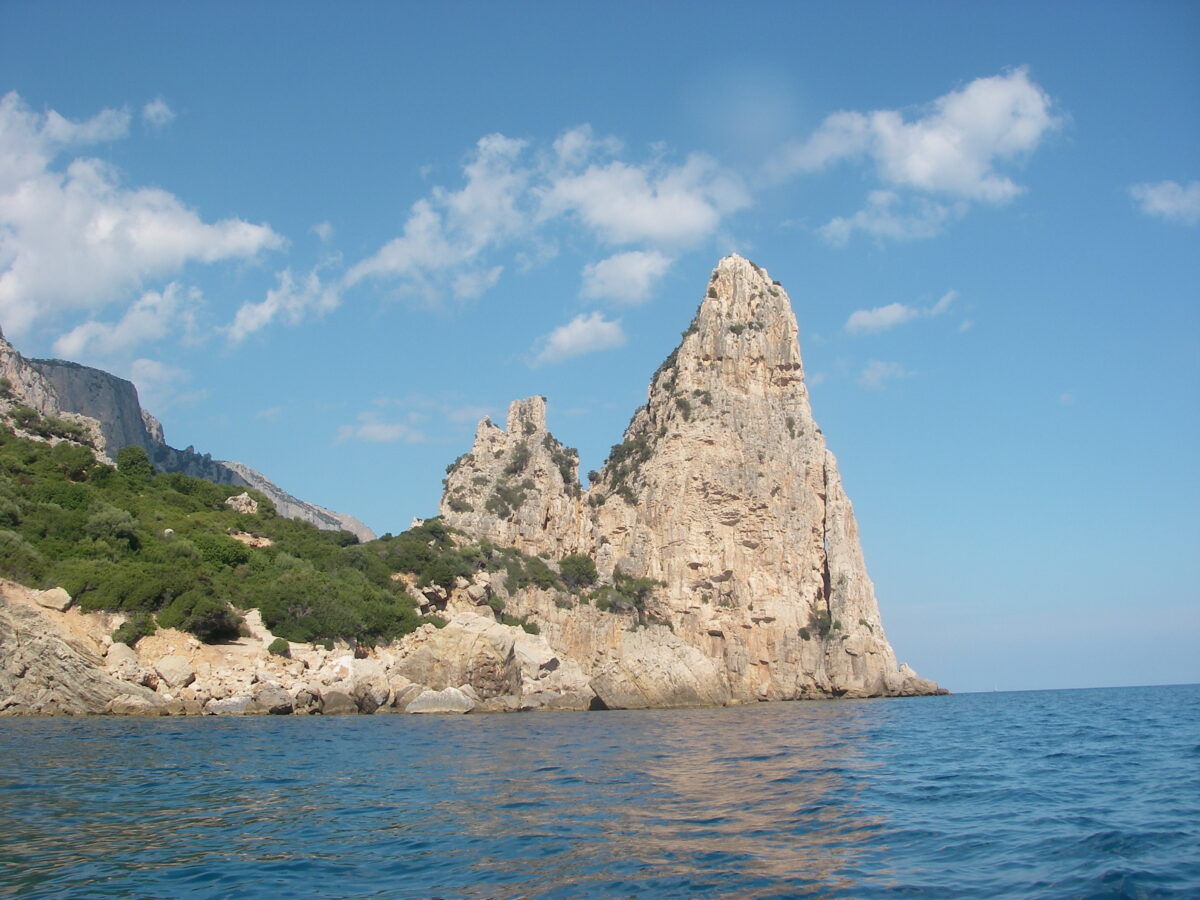
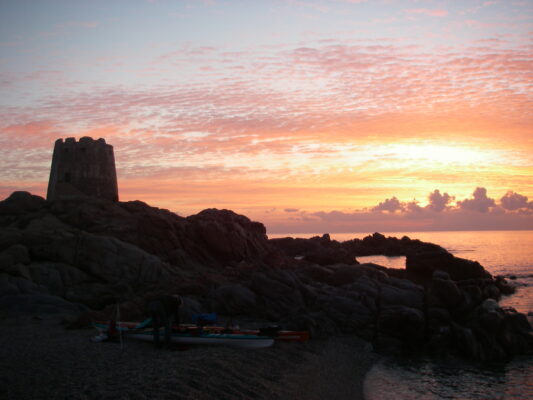
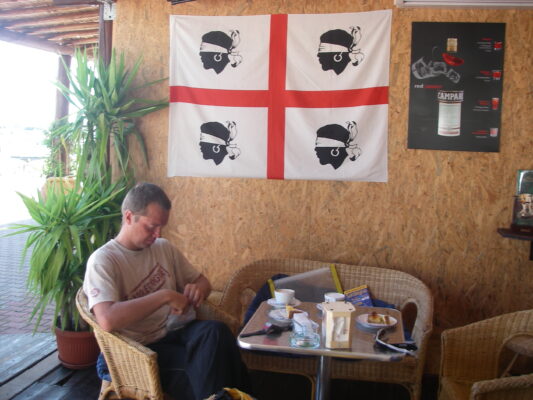
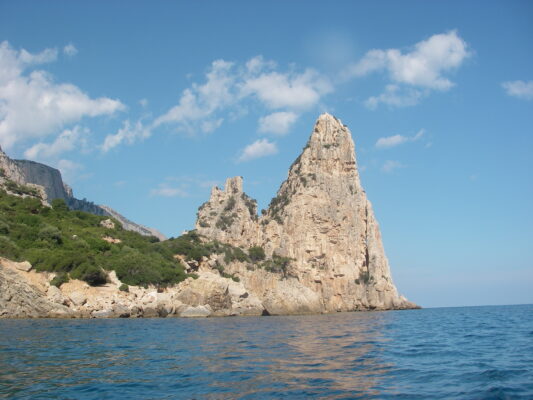
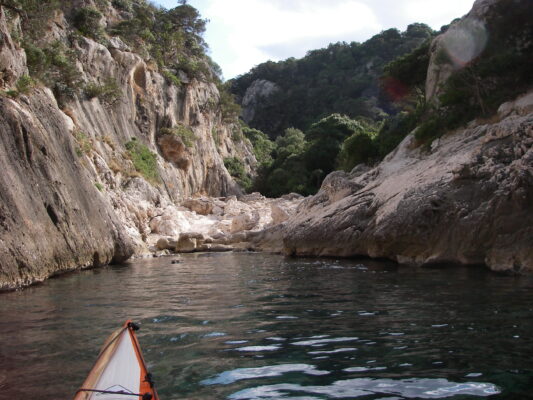
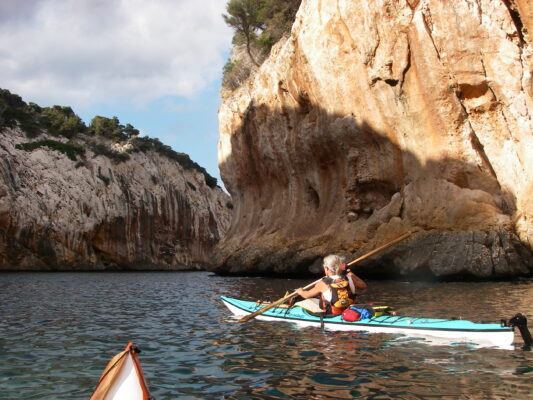
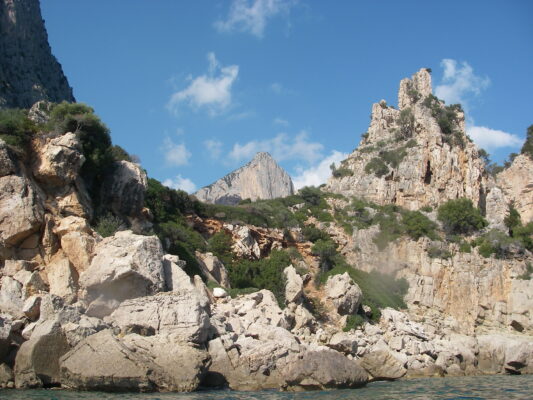
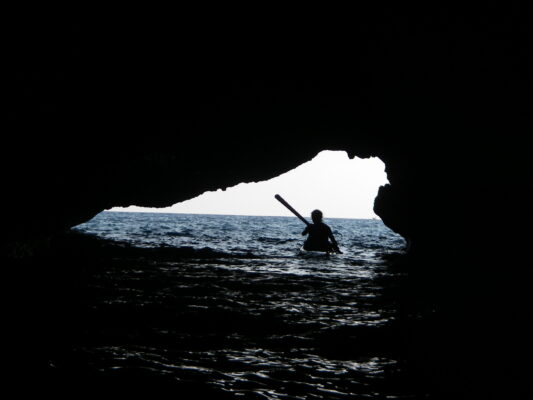
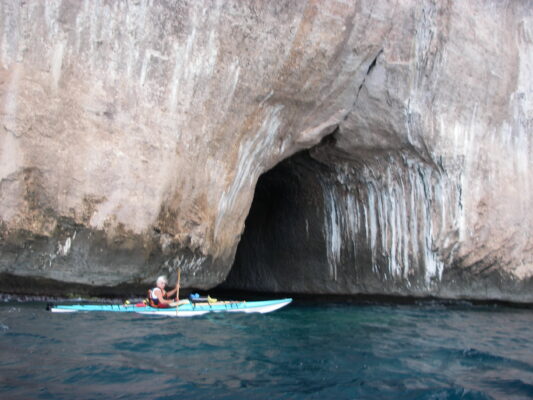
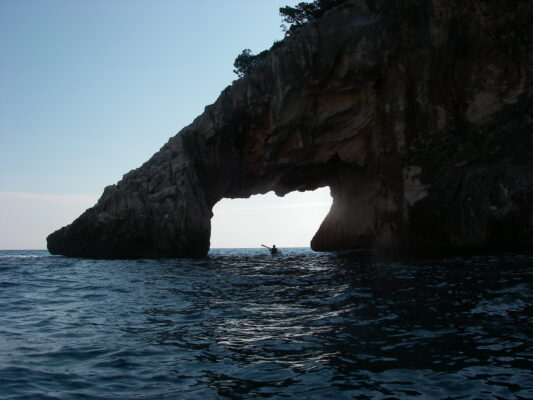
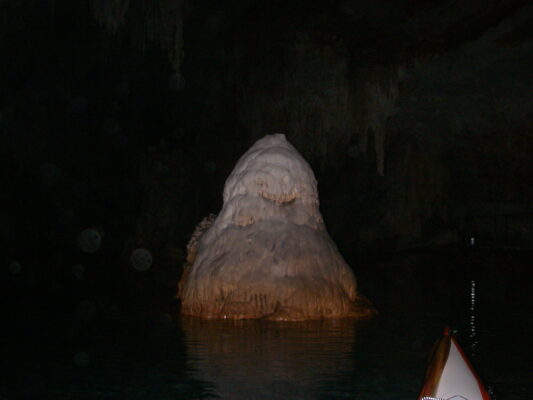
Leave a Reply